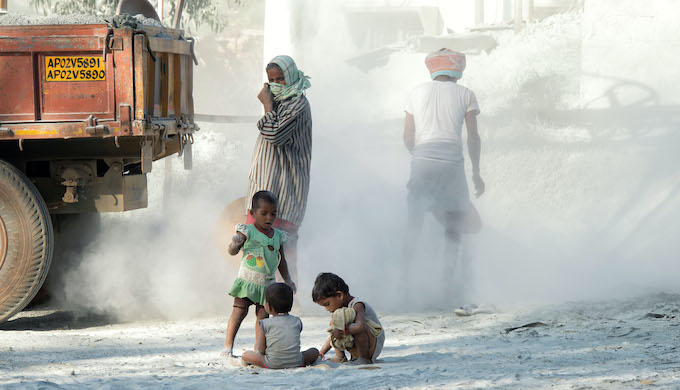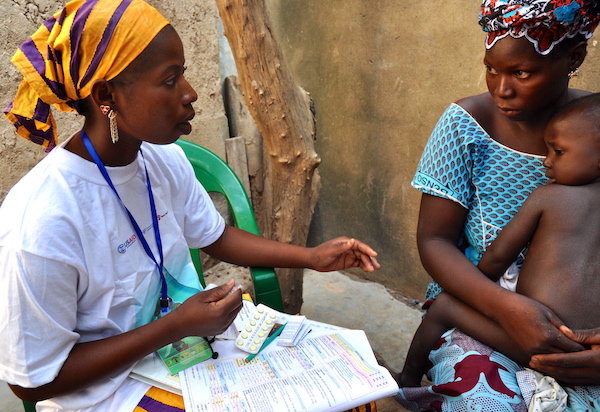Summary
Air pollution exposure is the second most important risk factor for ill health in South Asia, contributing to between 13% and 21.7% of all deaths and approximately 58 million disability adjusted life years (DALYs) through chronic and acute respiratory and cardiovascular illnesses.1 Of the top 30 cities in the world with the poorest air quality in 2016, 17 are in South Asia.2 The impact of air pollution transcends boundaries. The “brown cloud”—caused by pollution from carbon aerosols—is a phenomenon captured in satellite images of atmospheric haze over South Asia, as well as China. South Asia has one of the highest concentrations of black carbon emissions from cars and trucks, cooking stoves, and industrial facilities. In addition to their effect on health, black carbon particles are a short lived climate pollutant with a possible impact on precipitation patterns and on the Himalayan glacier system, which threatens water resources in the region.3
Collective regional action to monitor air quality and implement evidence based policies and interventions is needed. While countries have introduced promising initiatives in recent years, comprehensive health centred strategies are lacking. We present the status of air pollution and health effects in South Asia, and propose urgent, concerted action across sectors to achieve recommended air quality standards for the people of the region.
Read more


